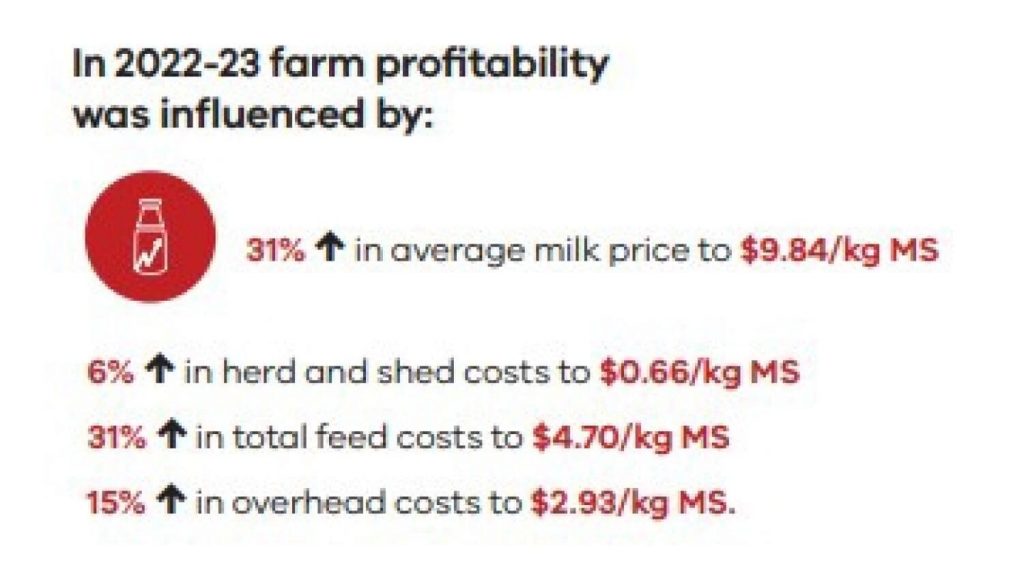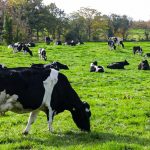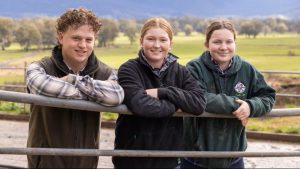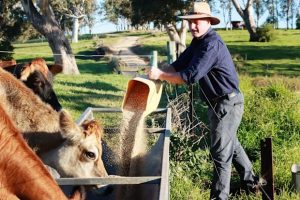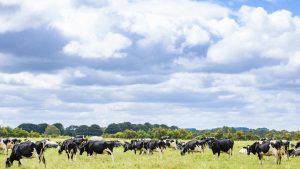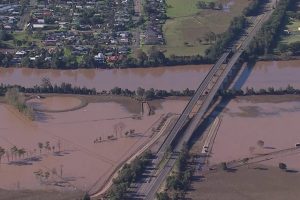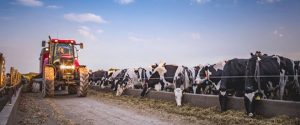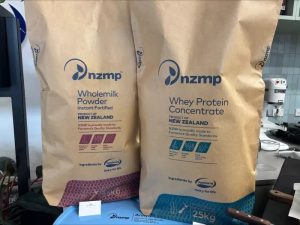
Northern Victorian dairy farmers have mostly enjoyed a profitable last financial year, despite some steep increases in costs, the latest Dairy Farm Monitor Project has reported.
In 2022-23, 28 out of 30 participants in northern Victoria recorded a positive return on total assets, the project found.
While average milk prices were up by about 31 per cent, feed costs escalated by the same amount, livestock prices fell and general overheads jumped by about 15 per cent.
The story was a similar one for the average Victorian farm surveyed in the project.
This year’s findings revealed that milk price increased by 33 per cent to $9.77/kg of milk solids — the highest on record in the survey’s 17 years — helping to offset rising feed costs and overheads including labour.
A partnership between Dairy Australia and Agriculture Victoria, the project collects and analyses financial and production data from dryland and irrigated dairy farms in south-western Victoria, Gippsland and northern Victoria.
It tracks 80 dairy farm businesses, and participants represent a distribution of farm size, feeding systems and herd sizes.
The project noted that all regions had seasonal challenges, most markedly in northern Victoria with severe flooding in October 2022 hampering fodder making which in turn significantly increased fodder costs.
At a statewide level, total nutrient application on the milking area decreased slightly in 2022-23, however the reduction was seen in nitrogen and potassium products.
The cost of fertiliser application was still limiting fertiliser use, but floods and wet conditions had a greater impact on the ability to apply fertiliser in comparison to historical use levels.
As for outlook, northern Victoria participants were the most optimistic of the Victorian regions, with three-quarters expecting higher returns underpinned by increasing milk and fodder production and stable prices (for milk and costs).
Dairy Australia’s research and innovation general manger Greg Jarman said the Dairy Farm Monitor Project was a valuable source of independent physical and financial data around a wide range of on-farm practices, equipping farmers with essential insights to inform their decision making.
“This information also ensures that farm consultants and industry stakeholders can use reliable, independent and useful information and resources to provide good advice to farmers,” Mr Jarman said.
There were about 2773 dairy farm businesses in Victoria that produced 5.14 billion litres or 63 per cent of Australia’s national milk production in 2022-23.
The 2022-23 Dairy Farm Monitor report is available on the Agriculture Victoria website.
